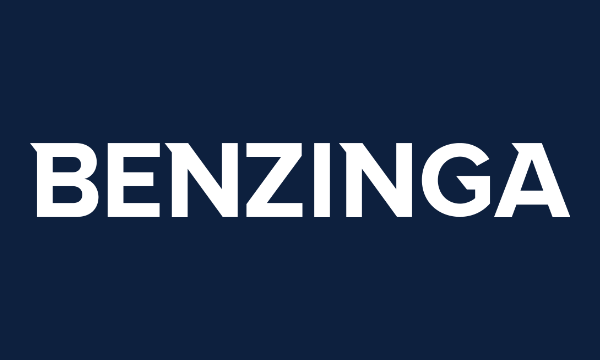
Buy now, pay later giant Klarna's (NYSE:KLAR) announced in a press release that its new debit card surpassed 1 million sign-ups in 11 weeks. The strong demand highlights the growing popularity of the buy now, pay later model.
The Klarna Card automatically integrates the buy now, pay later model into every purchase, and its growth is accelerating.
The Klarna Card has averaged 13,000 sign-ups per day, with a peak of over 50,000 sign-ups on Sept. 23. That's a notable date, since the company's announcement on Sept. 25, suggesting the possibility that daily sign-ups have continued to accelerate.
Don't Miss:
- Accredited Investors Can Now Tap Into the $36 Trillion Home Equity Market — Without Buying a Single Property
- Meet Flippy: The AI Robot Helping Fast Food Brands Cut Tens of Billions in Labor Costs — And You Can Invest Early
"The amazing response to our card in the U.S. shows just how strong the demand is for a fairer, more transparent way to pay," said David Sandström, Klarna's chief marketing officer. "With the Klarna Card, consumers get the best of both worlds: the simplicity of a debit card with the flexibility of credit."
How Klarna Differs From Traditional Debit Cards
Consumers can link the Klarna Card to their bank account or Klarna balance. Just like traditional debit cards, you run the risk of overdrawing your balance if you don't monitor your savings account. However, Klarna's "Pay in 4" and "Pay Later" options separate it from other debit cards.
Buy now, pay later isn't new. The recent changes in this industry revolve around making this payment method more accessible and streamlined for every purchase. People can now use the Klarna Card to break down everyday purchases. You can use the Klarna Card with any merchant that accepts Visa (NYSE:V).
Klarna referred to this card as "one of the most significant product launches in Klarna's 20-year history." Its high sign-up numbers and differentiation from most financial products support that claim.
Trending: Have $100k+ to invest? Charlie Munger says that's the toughest milestone — don't stall now. Get matched with a fiduciary advisor and keep building
Pros And Cons Of The Klarna Card
The Klarna Card can increase a consumer's buying power and reduce the likelihood of getting an overdraft fee. However, if you use the card too much and get stuck with installment payments that you can't keep up with, it can become problematic. Then, these consumers are stuck with paying for last month's purchases while buying what they need this month.
Klarna's BNPL model shouldn't be used for every purchase, but when used strategically, you can save money. Klarna's payment options allow you to avoid interest and fees if you make on-time payments. Some people use Klarna while waiting for their next paycheck or to break down a large purchase into smaller installments to make it feel more manageable.
Like any financial product, the Klarna Card can be effective for people who use it responsibly. Some people can use the Klarna Card to break purchases down in a way that lets them avoid overdraft fees right before the next paycheck arrives, but using it too often can result in a mountain of debt, interest payments, and overdraft fees.
See Also: Backed by $300M+ in Assets and Microsoft's Climate Fund, Farmland LP Opens Vital Farmland III to Accredited Investors
You May End Up Spending More Money
Since the Klarna Card is so integrated with the buy now, pay later model, you're likely to spend more money if you get this card. Multiple research papers and reports point to this conclusion.
The American Marketing Association concluded in August that the buy now, pay later model increases consumer spending.
Although the Klarna Card may increase your spending, it can also save money compared to credit cards. Klarna claimed a year ago it had helped Britons save more than half a billion U.K. pounds ($673.8 million) in credit card interest by using Klarna instead.
Read Next: Bezos' Favorite Real Estate Platform Launches A Way To Ride The Ongoing Private Credit Boom
Image: Shutterstock







